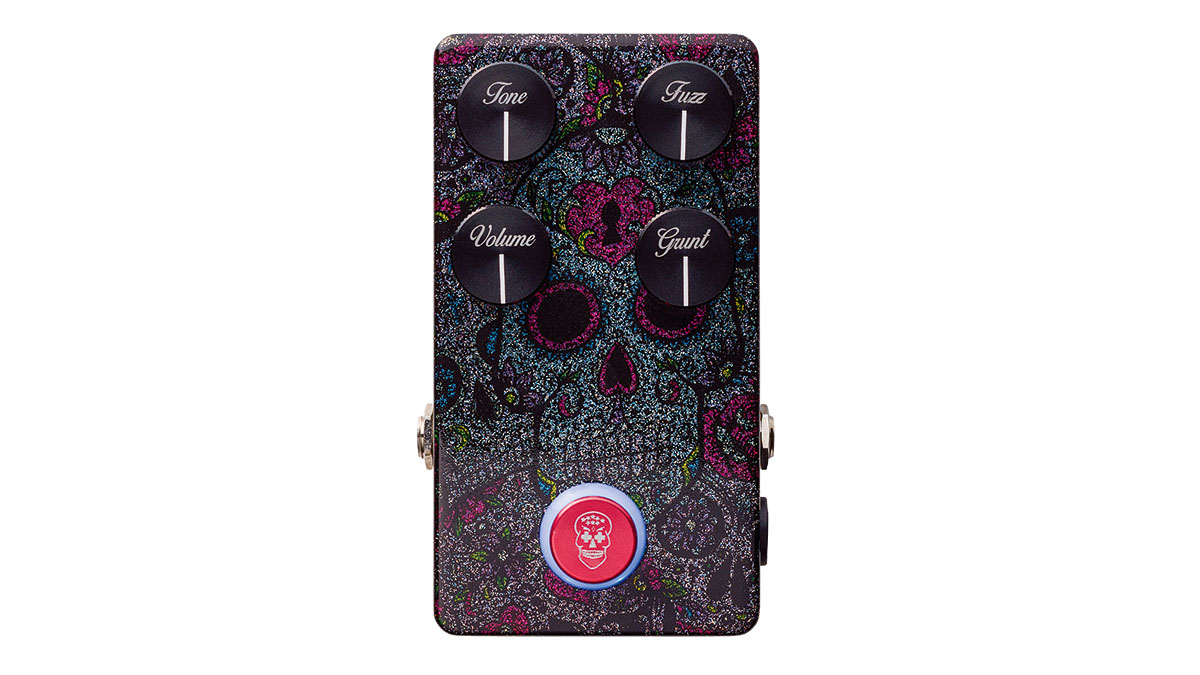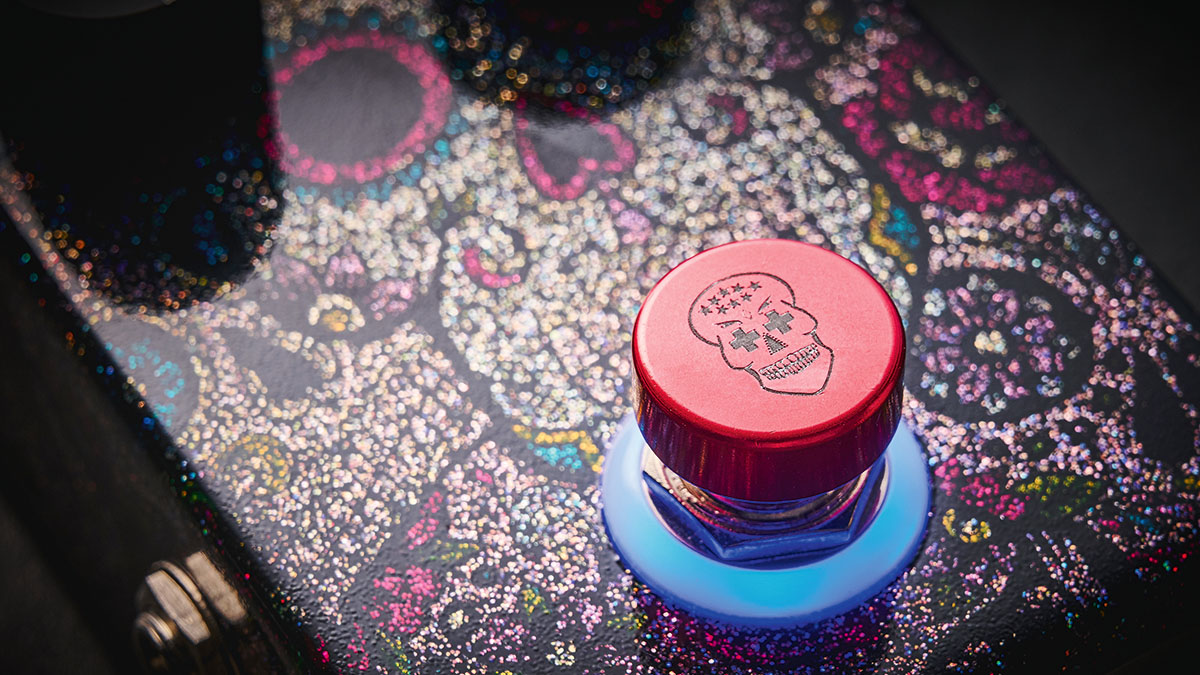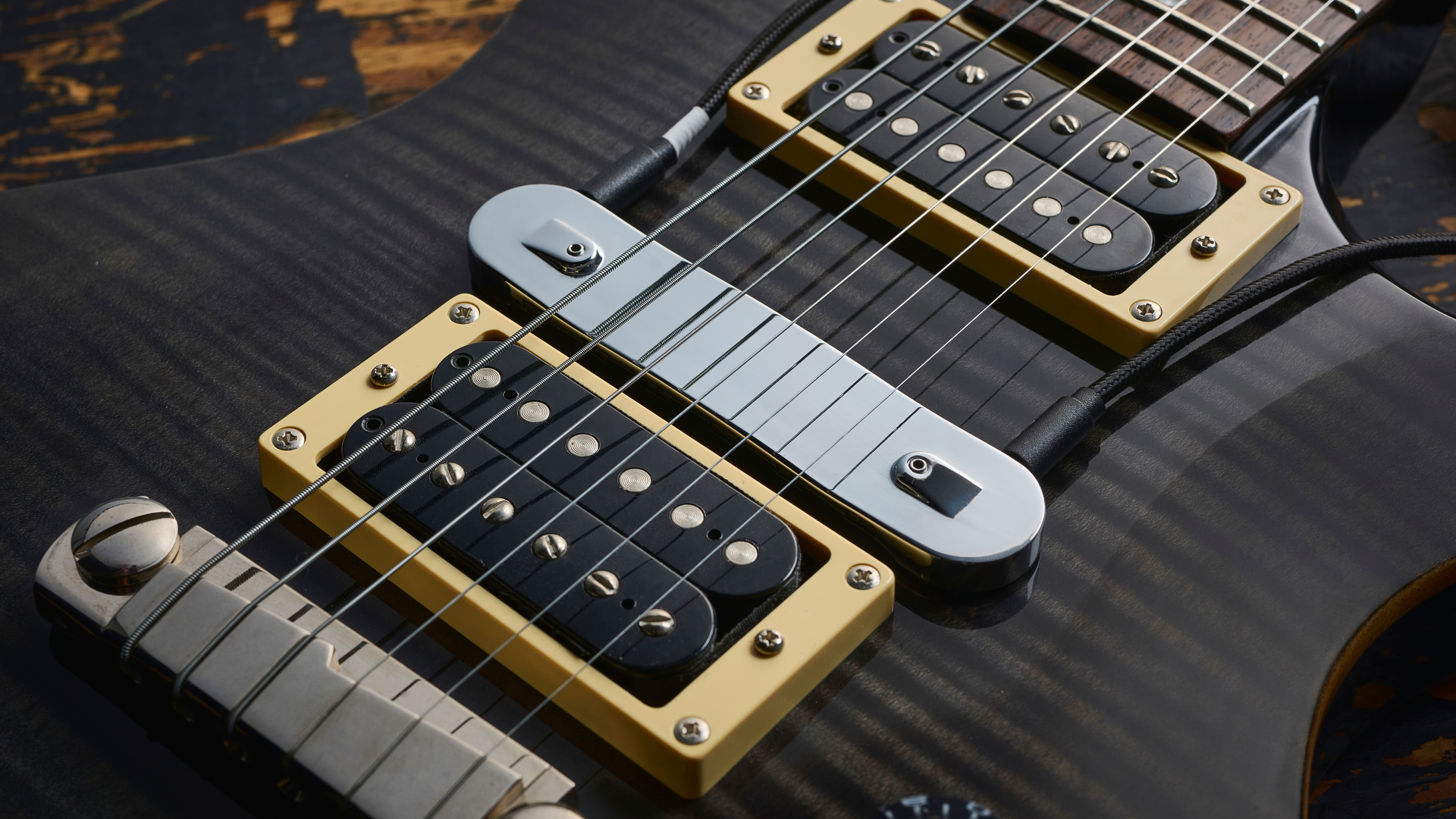Guitar World Verdict
Delivering a classic strain of fuzz over a broad tonal range, a set of carefully thought-out features endows the DG Fuzz with a flexibility that should see it suited to many players.
Pros
- +
OS Excellent fuzz sound.
- +
Good output level.
- +
Practical tonal options.
- +
Buffer.
- +
Halo light ring.
- +
Footswitch topper.
- +
Great artwork and finish.
Cons
- -
It’s a bit pricey.
You can trust Guitar World
The last Flattley pedal we looked at was The Ace tone booster but now the company has returned with a closely related release. The brand says this new version of its DG Fuzz is effectively a double pedal: a ’60s-style fuzz that now incorporates a simplified version of The Ace and a typical period tone stack in one four-knob enclosure.
The pedal has its roots in the Fuzz Face circuit of the late 1960s. Featuring BC108 transistors, it’ll give you a taste of that silicon Fuzz Face experience from drive sounds to fully saturated and decent volume-knob clean-up.
However, it goes beyond that with fine-tuning of the tone via pre- and post-fuzz EQ and increased output. The inclusion of a buffer also means the pedal’s placement in a chain can be more flexible – it doesn’t have to be first in the chain for it to receive the correct impedance from your pickups.
Alongside the Volume and Fuzz knobs, the DG Fuzz offers Tone and Grunt controls. The Tone knob set at minimum allows all frequencies through but rolls off the bottom-end as you turn it clockwise. The Grunt knob is part of the internal buffer and works on the input signal before it hits the fuzz section; basically, it can beef up the signal that drives the fuzz for different tonal outcomes.

With the Grunt knob at maximum you’re putting the most amount of bass into the fuzz, which – combined with the Tone knob in a low position – gives you a really fat fuzz with loads of sustain that’s great for a rounded liquid lead tone on the neck pickup.
While Grunt is the tone thickener, the Tone knob is more extreme, making the top-end become more dominant as you advance it, to the point of getting scratchy and downright nasty if you keep the Grunt at minimum.
Simply put, these two work in conjunction to give you a huge range of just how your fuzz sits in the tonal spectrum, interacting closely with the other two knobs for much more versatility than you’d expect in a fuzz pedal of this lineage.
Specs
- PRICE: £259
- ORIGIN: UK
- TYPE: Fuzz pedal
- FEATURES: True bypass
- CONTROLS: Volume, Fuzz, Tone, Grunt, Bypass footswitch
- CONNECTIONS: Standard input, standard output
- POWER: 9V DC adaptor (not supplied) 50mA
- DIMENSIONS: 70 (w) x 120 (d) x 53mm (h)
- CONTACT: Flattley Guitar Pedals
Trevor Curwen has played guitar for several decades – he's also mimed it on the UK's Top of the Pops. Much of his working life, though, has been spent behind the mixing desk, during which time he has built up a solid collection of the guitars, amps and pedals needed to cover just about any studio session. He writes pedal reviews for Guitarist and has contributed to Total Guitar, MusicRadar and Future Music among others.
“The original Jordan Boss Tone was probably used by four out of five garage bands in the late ’60s”: Unpacking the gnarly magic of the Jordan Boss Tone – an actual guitar plug-in that delivers Dan Auerbach-approved fuzz
“This is a powerhouse of a stompbox that manages to keep things simple while offering endless inspiration”: Strymon EC-1 Single Head dTape Echo pedal review












